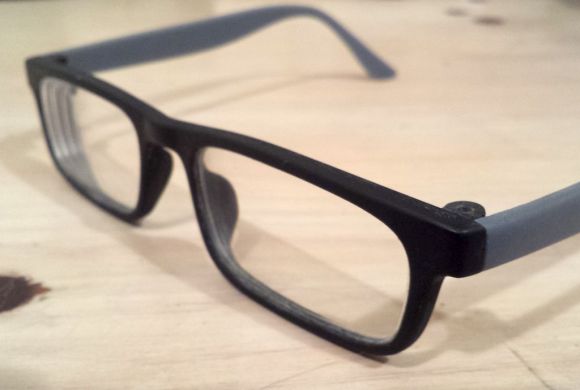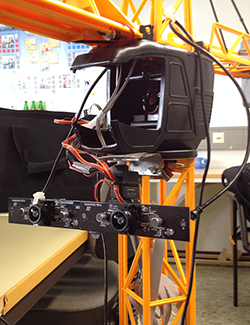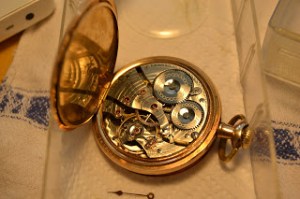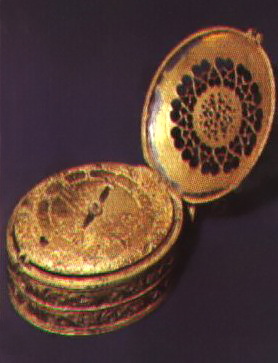
We haven’t been getting very many submissions of extremely old computers loading up the Hackaday Retro Edition in a while. For shame. Thankfully, [alnwlsn] is here to pick up the slack from the rest of you with his latest accomplishment, getting two old laptops on the Internet with some old telecom equipment.
The first is a Toshiba from about 1995, Pentium processor, 12 MB of RAM, and a 10 GB (!) hard drive. [aln] had a PCMICA modem sitting around, and with Windows 95 and IE 5.5, he was able to slowly connect.
Pentium class machines are okay, but the next one – a Zenith Data Systems laptop from about 1987 – is awesome. 80C88 CPU, two 720k floppy drives, and the exact amount of RAM in that quote falsely attributed to [Bill Gates]. [alnwlsn] is connecting with a 28.8k modem, but the serial port only supports up to 9600. It’s a computer so old, even the retro edition’s main page times out. The about page, though, loaded fine.
[alnwlsn] used a modem with both of these laptops, but he doesn’t have dial-up or even a landline. This forced him to make his own line simulator that requires plugging in the phone line at the right time, manually ringing a modem connected to another computer, and letting PPP take it from there. It’s a crude circuit, but it works. slow, but it works. Video below.
Continue reading “Old Laptops, Modems, And The Hackaday Retro Edition”


 We’re pretty sure the Hackaday demographic is a a person who sees a giant tower crane lifting beams and girders above a skyline and says, “that would be fun, at least until I have to go to the bathroom.” Realizing the people who own these cranes probably won’t let any regular joe off the street into the cabin, [Thomas] and [screen Name] (see, this is why we have brackets, kids)
We’re pretty sure the Hackaday demographic is a a person who sees a giant tower crane lifting beams and girders above a skyline and says, “that would be fun, at least until I have to go to the bathroom.” Realizing the people who own these cranes probably won’t let any regular joe off the street into the cabin, [Thomas] and [screen Name] (see, this is why we have brackets, kids) 














